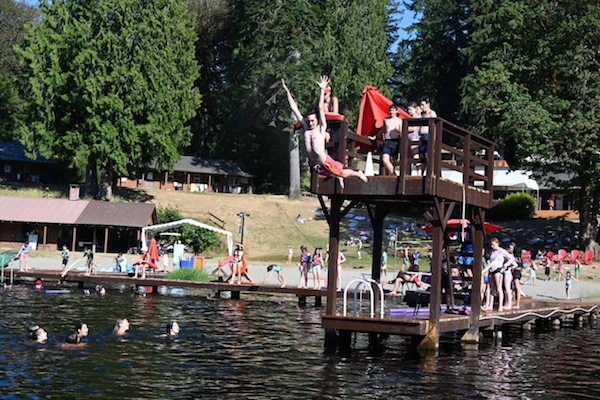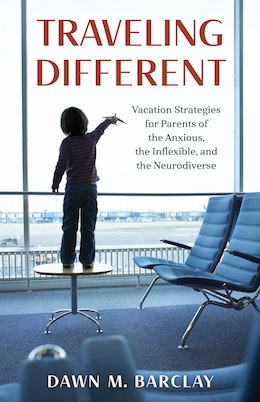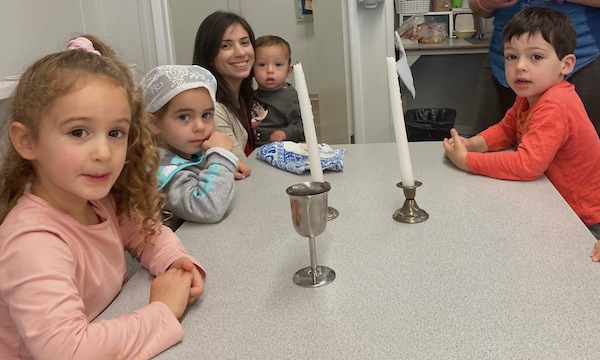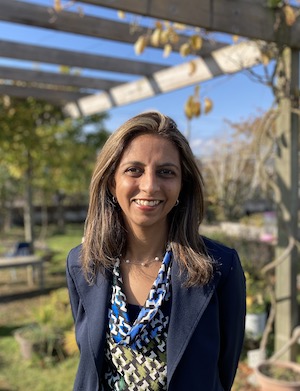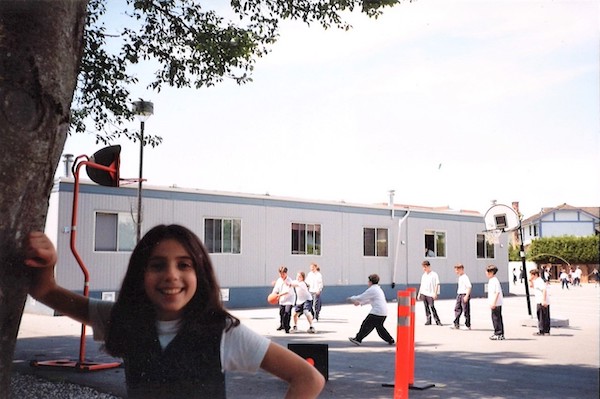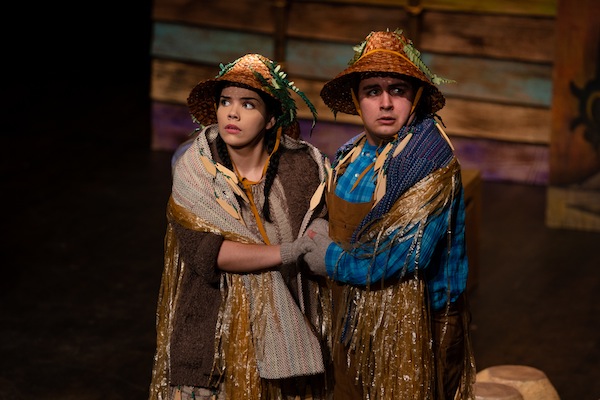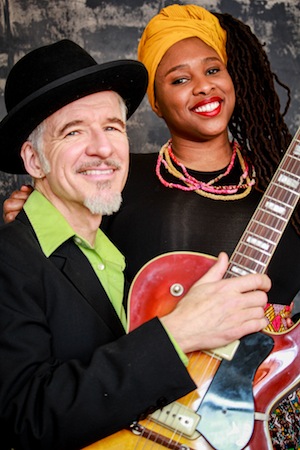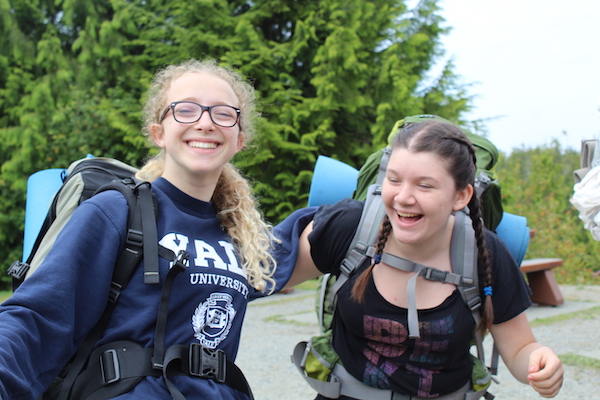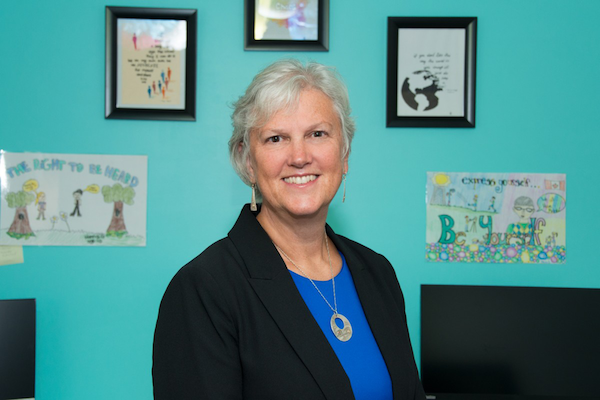At Camp Solomon Schechter, campers are encouraged to take some risks, embrace imperfection, connect and make new friends, and grow as leaders and good citizens of the world. (photo from Camp Solomon Schechter)
The pandemic and its restrictions on socializing greatly affected kids in particular. Being together at school and at camp gives children the chance to practise being in community and build skills around dialogue, collaboration, connection and identity. Without face-to-face interactions, in-person education and events, physical touch and their relationships, they have struggled to stand up for themselves and build the confidence they need to make their own decisions and truly find out who they are. Especially with how much social media and celebrity culture influence kids to try the latest trends to be part of the in-crowd, many of them are losing their own self-worth and misinterpreting their identities.
As many camps and groups for young people do, Camp Solomon Schechter values each child as an individual, and strives to support their social, emotional, physical and spiritual growth. At Solomon Schechter, campers have the opportunity to practise independence by choosing their own chuggim (activities) and making their cabins their own through spirited chants or personal artwork. Campers can do all of this in a safe, nurturing environment and find their passion to do what makes them happy, whether it’s arts and crafts, sports, nature or musical theatre. Every camper is encouraged to risk a little (but not without guidance and protection from counselors), embrace imperfection, try something new, connect and make new friends, make choices that support their community, and grow as leaders and good citizens of the world.
For summer 2023, Camp Solomon Schechter is making an even greater and more intentional effort to praise perseverance and inspire confidence in our campers to help them discover themselves. All of the programming this summer will be infused with key curricula that will teach campers how to set goals, show love, explore their feelings and emotions, find new activities they can be passionate about, and develop skills they can bring back home and use in life outside of camp.
One of the newest programs, started last summer, was the middot (values) system, which includes values such as compassion, respect and teamwork. This was designed to show campers the 10 values that members of the Camp Solomon Schechter community uphold. Each value corresponds with a coloured bead, and a camper received a bead from a counselor when they displayed one of the 10 values. Each cabin of campers collected their beads in a jar and, once they reached 25 beads, they received an award.
“We’re immensely proud of this program and the campers who displayed these values all throughout the summer. We believe that this program and others are crucial in developing confidence,” said Zach Duitch, Camp Solomon Schechter executive director. “We know that they will treasure these values and take them with them as they grow and begin participating in the community at large. We can’t wait to bring our middot program back to camp this summer and see how our campers have used these values outside of camp.”
– Courtesy Camp Solomon Schechter

